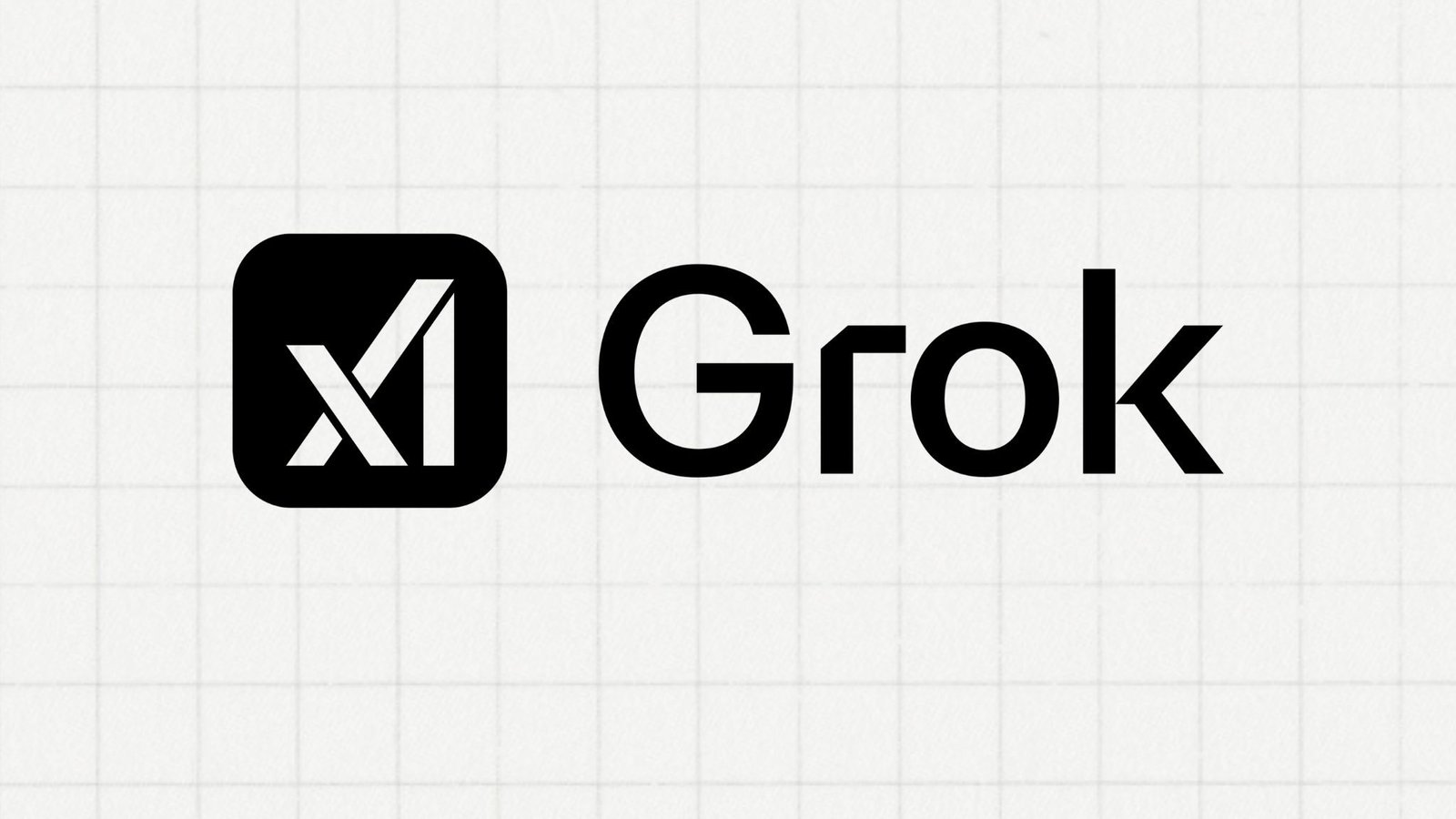Facebook Revives Popular ‘Poke’ Feature to Boost Engagement Among Young Users, Emulating TikTok Streaks

Facebook’s iconic ‘poke’ feature, a vestige from its early days, has seen a resurgence among younger users, leading the platform to make it a more integral part of the user experience.
Users can now send a poke to their friends directly via a dedicated button on their profile, which alerts the recipient through notifications. This revamped feature also allows users to access the poke function at facebook.com/pokes, where they can view who has poked them and identify potential targets for poking. On this page, users can monitor their ‘poke count’ with friends, which increases each time they exchange pokes. They also have the option to dismiss unwanted pokes.
The poke-tracking feature is primarily aimed at a demographic accustomed to gamified social interactions, such as Snapchat and TikTok’s Streaks. These features aim to help users maintain contact with their most frequently messaged friends, but they have faced scrutiny due to their addictive nature, potentially keeping children engaged for extended periods.
By highlighting poke counts and making the poke more prominent on Facebook, Meta seeks to emulate a similar engagement mechanism. As users increase their poke count with a friend, various icons will appear next to the friend’s name, such as a fire emoji or “100,” among others.
Facebook attempted to revive the poke feature in March 2024 by making it easier for users to locate the poking page through search and facilitating the process of poking a friend after a search. These changes resulted in a 13-fold increase in poking during the month following these alterations, according to Meta’s statements at the time.
The motivation behind sending a poke remains open to interpretation, as Facebook never explicitly explained its purpose. A poke could serve as a means of catching someone’s attention, expressing interest, or merely causing annoyance, depending on the user’s intentions.
While poke counts may not achieve the popularity of streaks, their inclusion is undoubtedly an indication that Meta is aiming to boost Facebook engagement.
Research by Jon Haidt, author of “The Anxious Generation,” which explored social media’s potential impact on children’s brain development, revealed that Snap had been aware of streaks’ habit-forming nature for years. A co-authored article with a senior research scientist at NYU Stern, Zach Rausch, included internal documents showing Snap employees discussing the popularity and effectiveness of streaks in driving engagement.
Though Facebook remains a significant revenue generator for Meta’s business, funding longer-term projects like AI and metaverse initiatives, it has faced criticism for failing to attract younger users – a demographic that has been dwindling, particularly in the United States. The company has sought to reclaim the youth market through various initiatives, such as Facebook Campus, a college-exclusive feature shut down in 2022, and more recently, a design tailored for Gen Z audiences.






